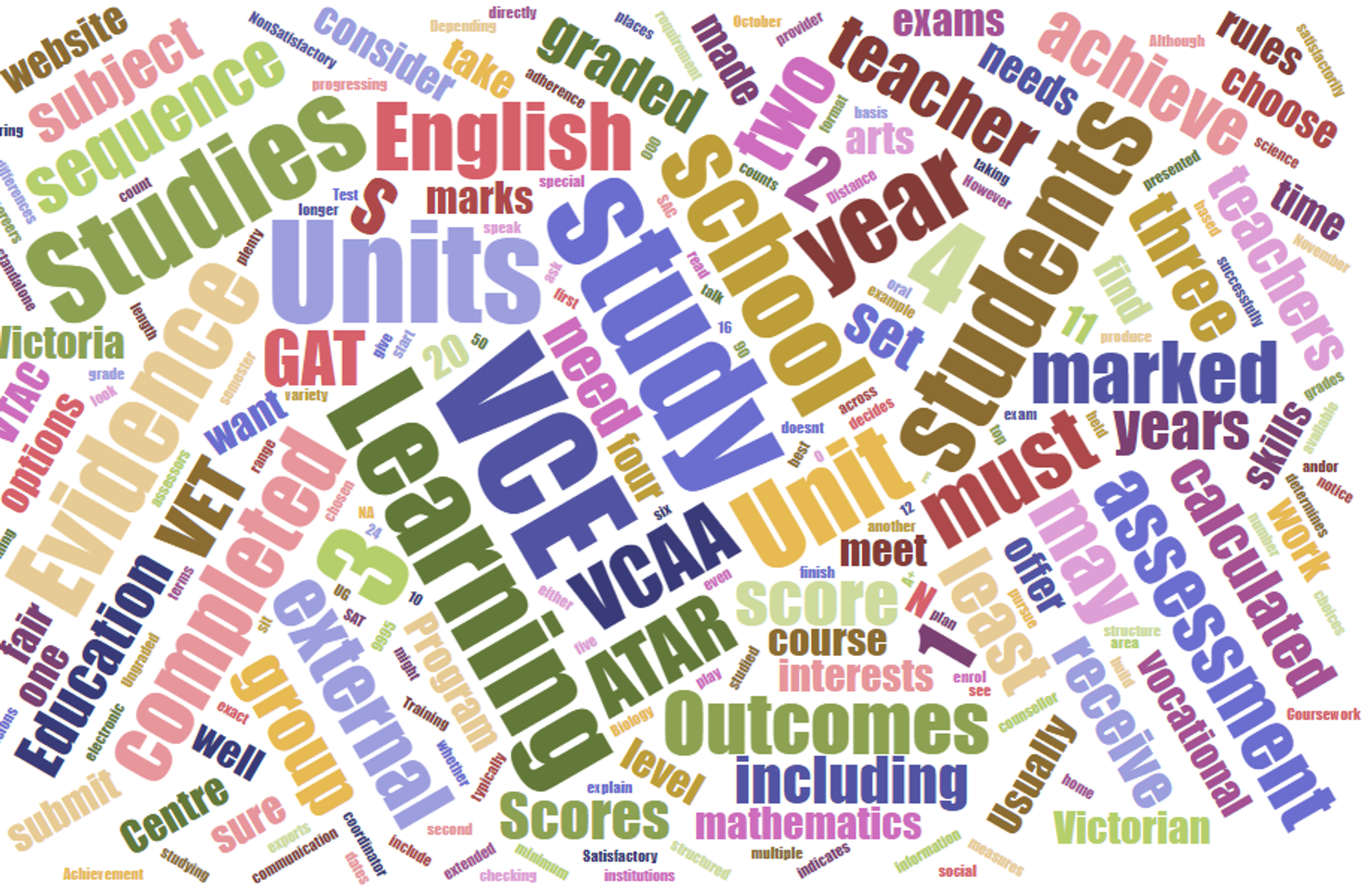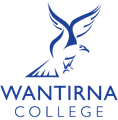Year 11 Update

Year 11 Update
Requirements of VCE
Since the return of year 11 and 12 students to school our sub school team has been taking time to catch up with students and teachers to reflect on the progress that students have made towards achieving their Victorian Certificate of Education. Through these reflections it became apparent that without the framework and structure of school, some students and families were not entirely sure of what is required to gain the VCE. To address this concern we had an online assembly with students outlining the requirements and we are including the information here so parents can have follow discussions with their children at home.
The VCE is a two year course. At our school students are expected to undertake 22 units (semester based) of study across two years. This includes:
- 12 units (or 6 subjects) in Year 11
- 10 Units (or 5 subjects) in Year 12
To gain their VCE students must gain a satisfactory result in a minimum of 16 units. These 16 units must include:
- Four Unit 3 and 4 sequences of study (one of which must be English, English Language or English as an Additional Language)
- A minimum of 3 units of English, English Language or English as an Additional Language
- Eight additional units of study
Study Designs
As the VCE is an internationally recognised qualification, teachers do not have the same level of discretion with what is taught and assessed as they do in years 7-10. Every subject has a study design which outlines the topics that must be taught and what students must learn in terms of knowledge and skills. The knowledge and skills are what we call the learning outcomes.
Study designs are public documents and are available for scrutiny on the VCAA website at
https://www.vcaa.vic.edu.au/curriculum/vce/vce-study-designs/Pages/vce-study-designs.aspx
Learning Outcomes
To gain a satisfactory result in a unit of study the student must be able to produce evidence of learning of each aspect of the Learning Outcome. Students do this through the completion of classwork and homework as well as through their participation in class. If a teacher has seen evidence of learning for all aspects of the outcome then the teacher can say they have met the outcome.
Common Assessment Items
Our Year 11 students complete common assessment items. These are tasks that relate to the learning outcome. They are designed to mimic SACs (year 12 assessments) in order to prepare student but are also used to assess some or all of the learning outcomes for a topic.
As a general rule students are expected to gain a minimum of 40% on an outcome to demonstrate an outcome. If the grade is less then teachers will ask for further evidence of learning. In the first instance this may mean resitting the task or completing another equivalent task. If the outcome is still not demonstrated teachers will seek other evidence of learning including classwork or homework.
Passing or Failing
Over the remote period we noticed our students becoming more anxious about passing or failing than they would normally be at school. It is important to note that the grades on common assessment items are a piece of the puzzle in terms of assessment. Students need to be conscious of this and to not throw in the towel if the feedback they receive is not as they hoped.
What is essential is that students stay on top of classwork and homework as this is where the bulk of the evidence of learning is produced.
Catherine Ford on behalf of
Mr John Davison and Ms Kate Chamberlain
Year 11 Year Level Leaders
